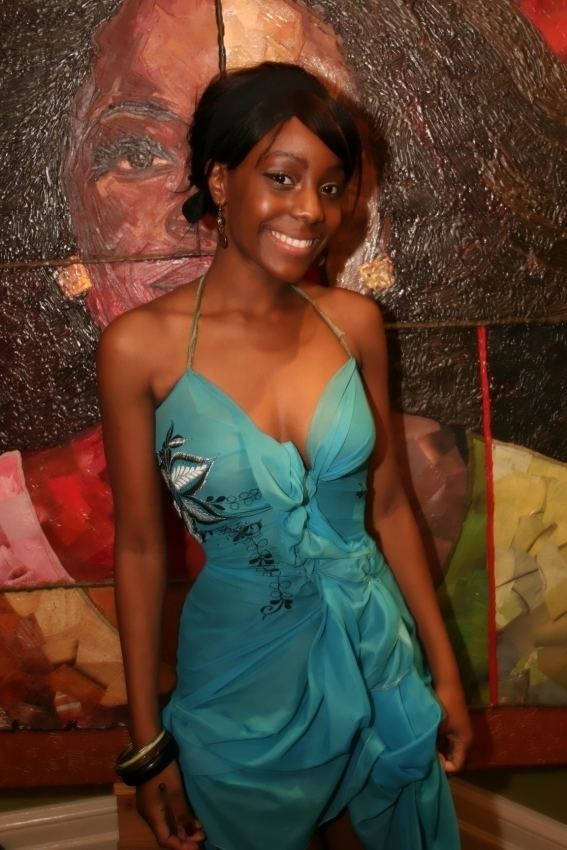 | ||
The Dagombas are ethnic group of Northern Ghana and they number about 825,736 (2002). They inhabit the Northern Region of the Northern Ghana in the sparse savanna region below the sahelian belt, known as the Sudan. They speak the Dagbani language which belongs to the More-Dagbani sub-group of Gur languages. There are around 1 million speakers of the Dagbani. The Dagomba are historically related to the Mossi. The More/Mossi now have their homeland in present-day Burkina Faso. The homeland of the Dagomba is called Dagbon and covers about 20,000 km2 in area.
Contents
Na Gbewa is regarded as the founder of Dagbon. Dagomba are one of the ethnic groups with a sophisticated oral tradition woven around drums and other musical instruments. Thus most of its history, until quite recently, has been passed down via oral tradition with drummers as professional griots. According to oral tradition, the political history of Dagbon has its genesis in the lifestory of a legend called Tohazie (translated as "red hunter").
Dagomba culture is heavily influenced by Islam, brought to the region by Soninke (known as Wangara by Ghanaians) traders between the 12th to 15th centuries. Since the time of Naa Zangina, Islam has been the state religion and Islam seems to be growing rapidly ever since. The reformist activities of Afa Anjura in the middle of the twentieth century caused entire communities to embrace the Islamic religion en masse. Inheritance is patrilineal. Important festivals include the Damba, Bugum (fire festival) and the Islamic Eid festivals. The main settlement of Dagombas is Tamale, which also serves as the Northern Regional capital.
The Mossi and Dagomba states are among the great West African medieval empires. Beginning in the 12th century, they eventually ruled the lands of the entire northern Volta basin, which today includes all of northern Ghana and Burkina Faso. During their second northern expansion, the Mossi invasion reached eastern Maasina and Lake Débo c. l400, Benka in c. 1433 and Walata in 1477-83. (These empires were in present-day Mali). According to Dr Illiasu (1971) in his work The Origins of the Mossi-Dagomba states, the second period of the Mossi-Dagomba success came to an end with the restoration of Imperial Songhai power towards the close of the 15th century. Although the Mossi-Dagomba states have the same grandfather (Na Gbewa), the Dagomba are traditionally regarded as "senior" to the Mossi states of Ouagadougou, Yatenga and Fada N'Gourma.
Origins
The origins of the Dagombas are that of the Mossi who today inhabit and have their homeland in Burkina Faso.
Kingdom of Dagbon
The homeland of the Dagombas is called Dagbon and covers about 20,000 km2 in area. Much of the area was occupied by Konkombas before the formation of Dagbon Kingdom. Ethnic groups that have also inhabited Dagbon include the Mamprusi, Nanumba, Gonja, Mossi, Gurunsi (in particular the Frafra and Kusasi peoples), the Waala and Ligbi. The area constitutes seven administrative districts in present-day Ghana. These are the Tamale Municipality, Tolon/Kumbungu, Savelugu/Nantong, Yendi, Gushegu/Karaga, Zabzugu/Tatali. The overlord of the Dagbon Traditional Kingdom is the Ya-Na, whose court and administrative capital is at Yendi. Dagbon as a kingdom has never been subjugated until it was incorporated as a territory of the Gold Coast government. The Dagbon Kingdom has traditional administrative responsibilities hitherto acephalous groups like the Konkomba, Bimoba, Chekosi, Basaari, Chamba, Wala, Gurusi and Zantasi. The seat of the Ya-Na (literally translated as King of Absolute Power) is a collection of cow skins. Thus the Dagbon or its political system is often called the Yendi Skin (not throne or crown or stool). Another characteristics of the Dagombas is that their houses are arranged in a certain order, where the chief or elderly man has his hut built in the center.
